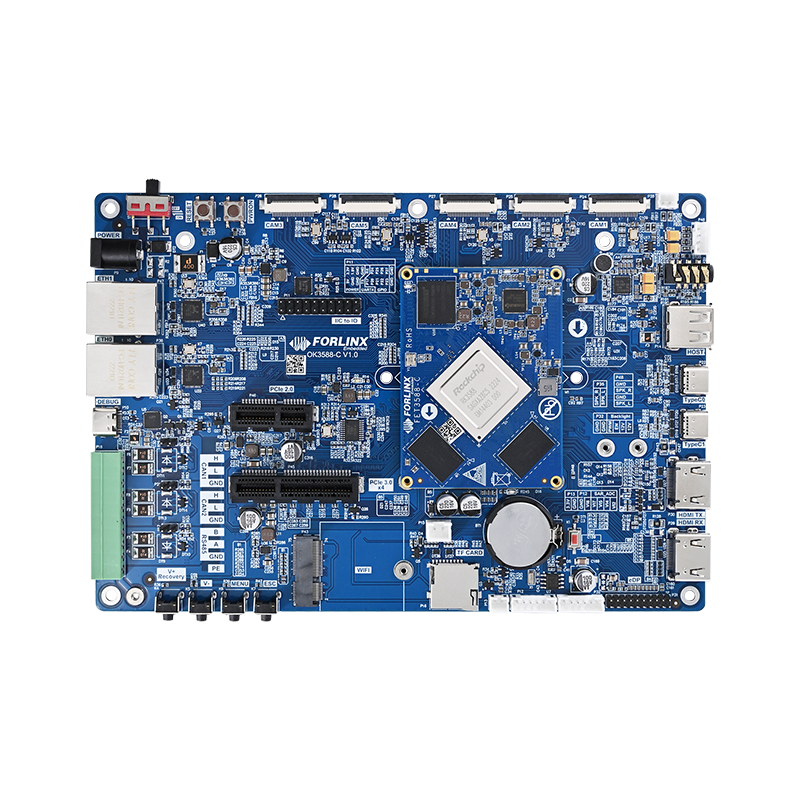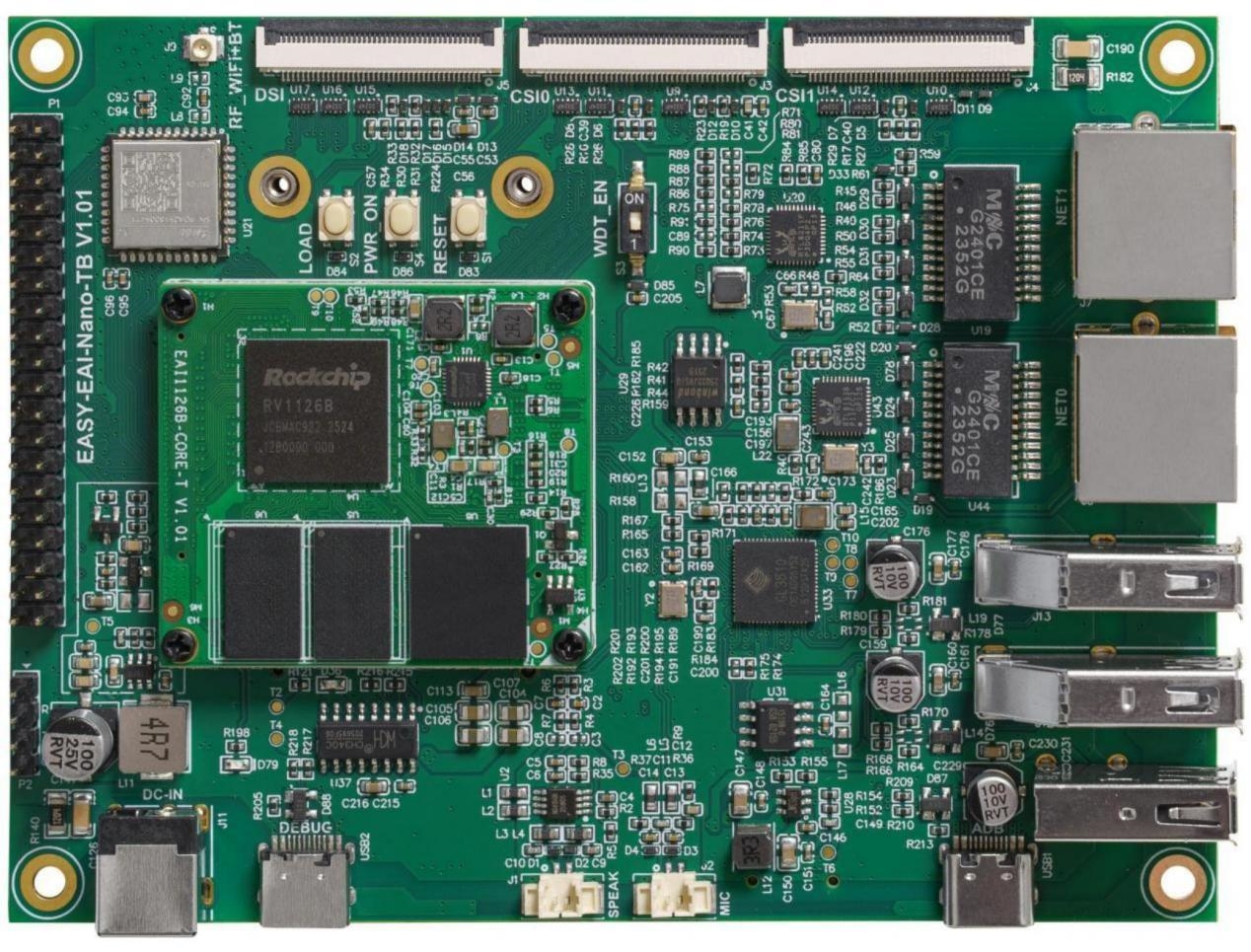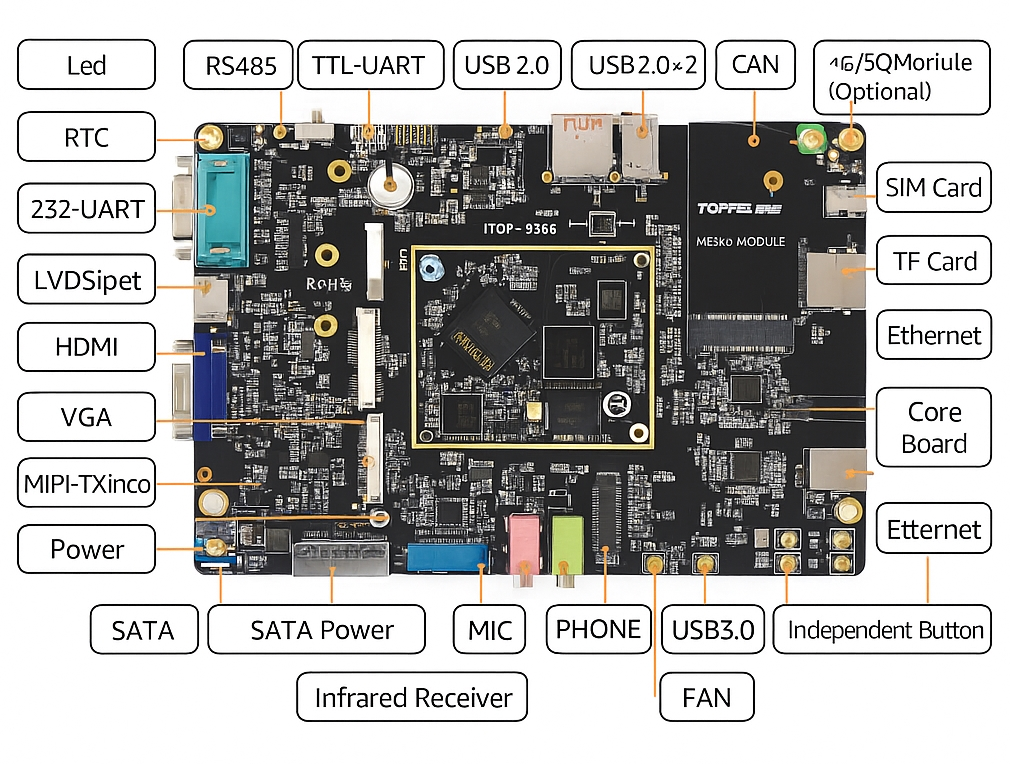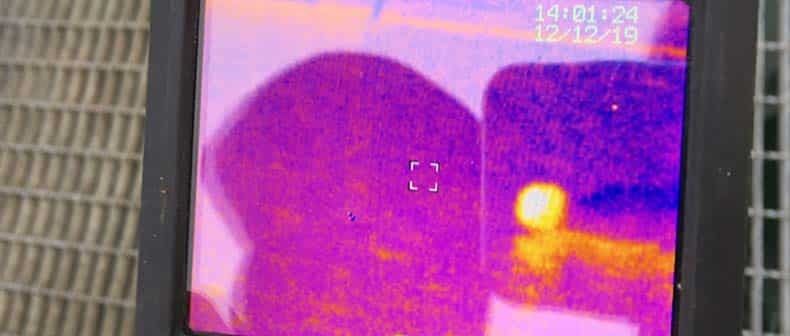Convolutional neural networks (CNNs) are widely used for image recognition and computer vision tasks. However, another important neural network architecture, the gated recurrent unit (GRU), excels in processing sequential data. This article introduces the GRU and its role in modern machine learning.
What Is a GRU?
A gated recurrent unit (GRU) is a type of recurrent neural network (RNN) designed for handling sequential data. Unlike traditional feedforward neural networks, RNNs, including GRUs, have a memory mechanism that retains information from previous steps, making them suitable for tasks involving sequences, such as time series or natural language processing.
Compared to standard RNNs, GRUs offer a simpler structure and more efficient training. They use a gating mechanism to control information flow, consisting of an update gate and a reset gate. These gates determine which information to retain or discard at each time step, enabling better handling of long sequences.
How GRUs Work
The GRU model includes two key components: the update gate and the reset gate. The update gate decides whether new input should be retained, while the reset gate determines if prior memory should be ignored. This gating mechanism helps GRUs address issues like vanishing or exploding gradients, improving their ability to capture long-term dependencies.
The reset gate (r) processes the hidden state (h) by element-wise multiplication (r * h), filtering relevant information. The input and processed state combine to form a candidate state (h~). The update gate (z) then combines the previous state (h_t-1) and the candidate state using the formula z * h_t-1 + (1-z) * h~. This process repeats, producing the final output.
GRU vs. LSTM
Compared to long short-term memory (LSTM) networks, GRUs have fewer parameters, making them easier to train and computationally more efficient. Their gating structure provides memory capabilities, allowing them to capture key features in time series data. GRUs also mitigate vanishing gradient issues better than traditional RNNs, making them well-suited for long sequences.
Applications of GRUs
With their simplicity, efficiency, and strong memory capabilities, GRUs are widely used in natural language processing, machine translation, speech recognition, and time series forecasting. Their ability to handle sequential data effectively has made them a key component in deep learning, particularly for tasks requiring robust sequence modeling.
 ALLPCB
ALLPCB







